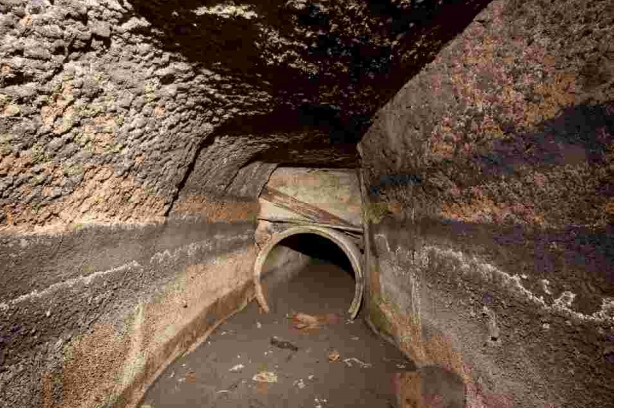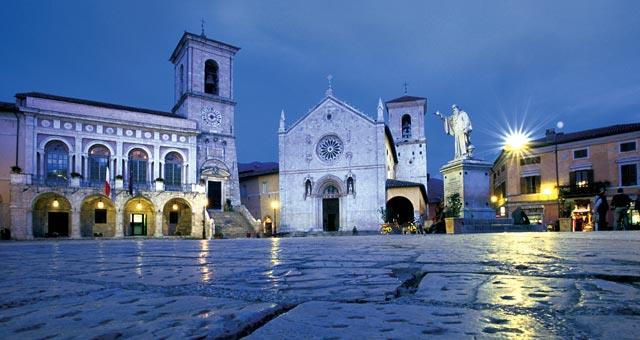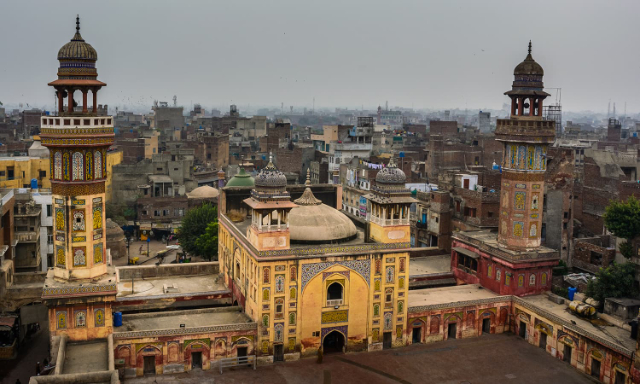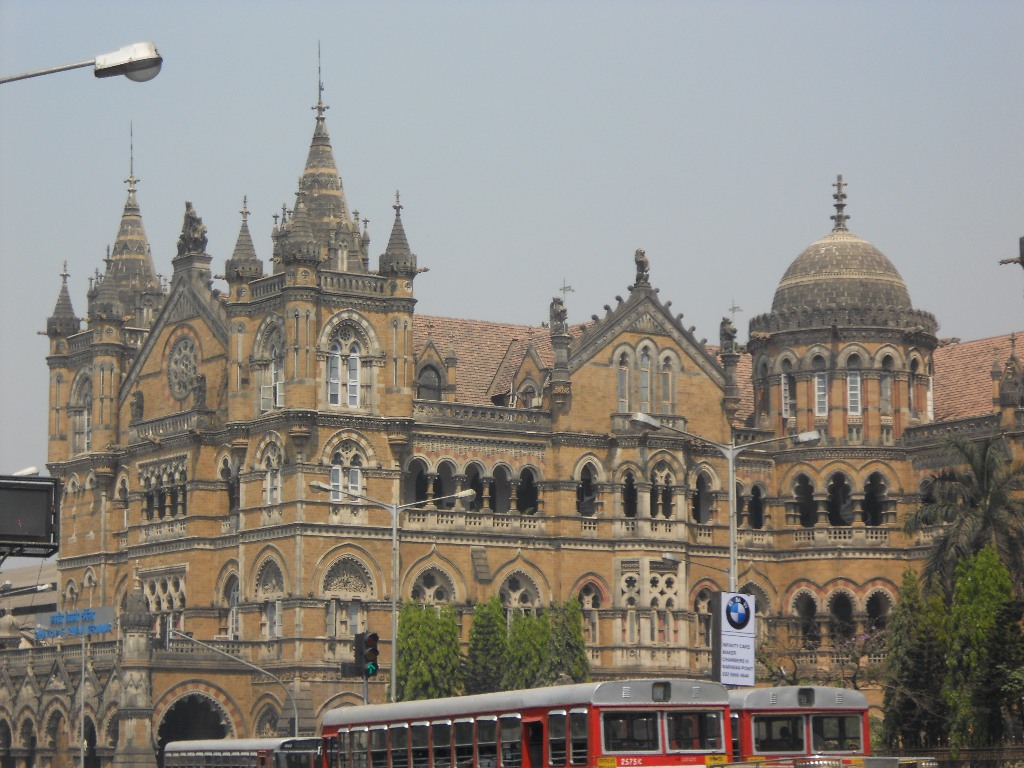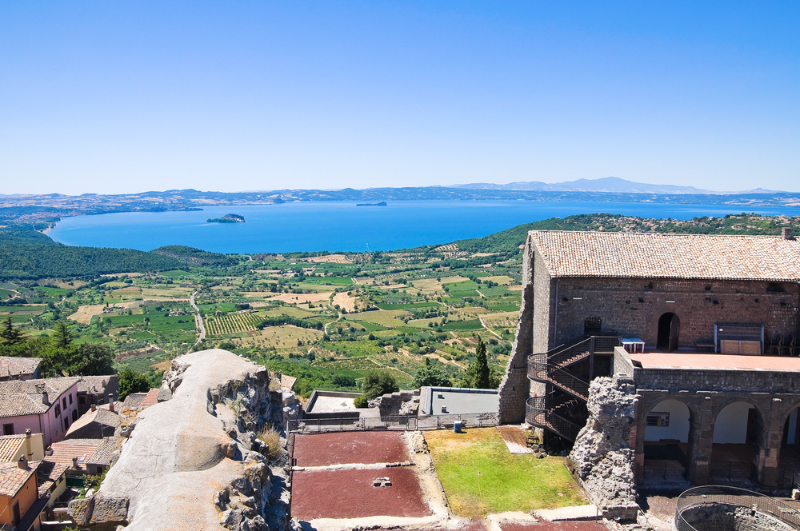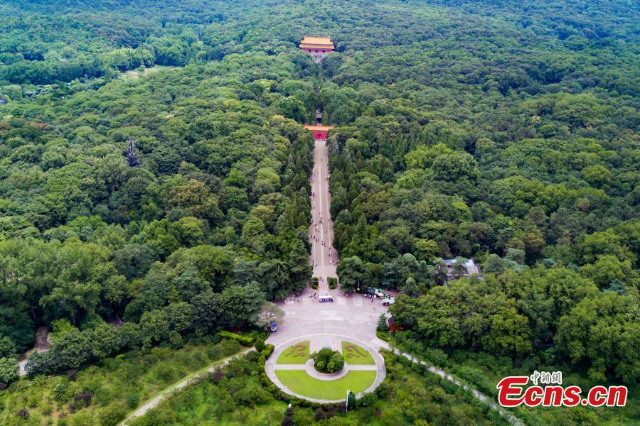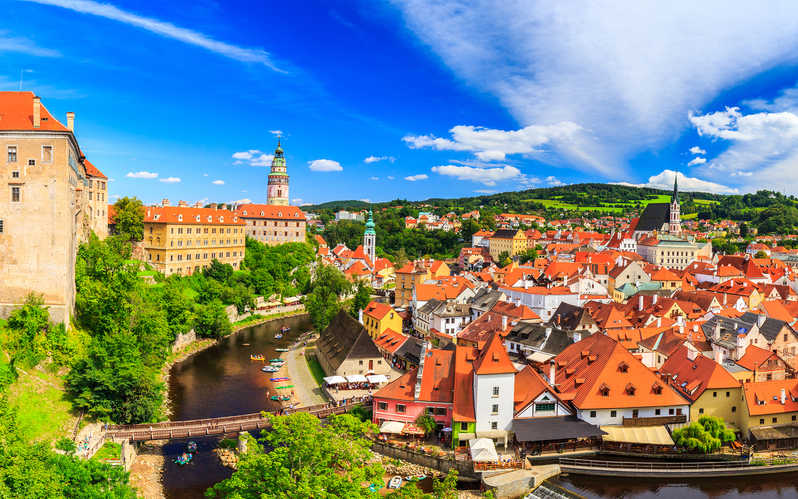The aqueduct, named Carolino in honor of King Charles of Bourbon, is a spectacular work of hydraulic engineering 38km long and built by Luigi Vanvitelli, and is certainly one of the most important public works ever carried out by the Bourbons. The aqueduct was created to supply water to the Palace and the fountains, to the great new city of Caserta that would have risen around the Palace, to improve the water supply of Naples, to supply the Palace and the agricultural estate of Carditello, all the mills and agricultural activities near it. This shows how the Bourbons were a modern dynasty that, unlike other European dynasties, did not spend large sums to build an aqueduct that had the sole purpose of feeding the fountains of the royal park, but they wanted one that was also useful to the people.
Particularly valuable architecturally and since 1997 UNESCO World Heritage Site (along with the entire aqueduct, the Royal Palace of Caserta and the complex of San Leucio) is the bridge, still perfectly preserved, which crosses the Valley of Maddaloni and connects Mount Longano (east) with Mount Garzano (west). This construction, commonly known as "The bridges of the valley", rises with a mighty structure in tuff with three orders of arches resting on 44 square pylons, for a length of 529 m and with a maximum height of 55.80 m, on the model of Roman aqueducts. At the time of its construction it was the longest bridge in Europe.The quality of Vanvitelli’s work is also testified by its resistance to the three violent earthquakes that struck the area in the last two centuries, without affecting the scaffolding of the viaduct.At the base of the bridge there is a monument-ossuary, inaugurated on October 1, 1899. The monument contains remains of soldiers who died in the Battle of Volturno.
